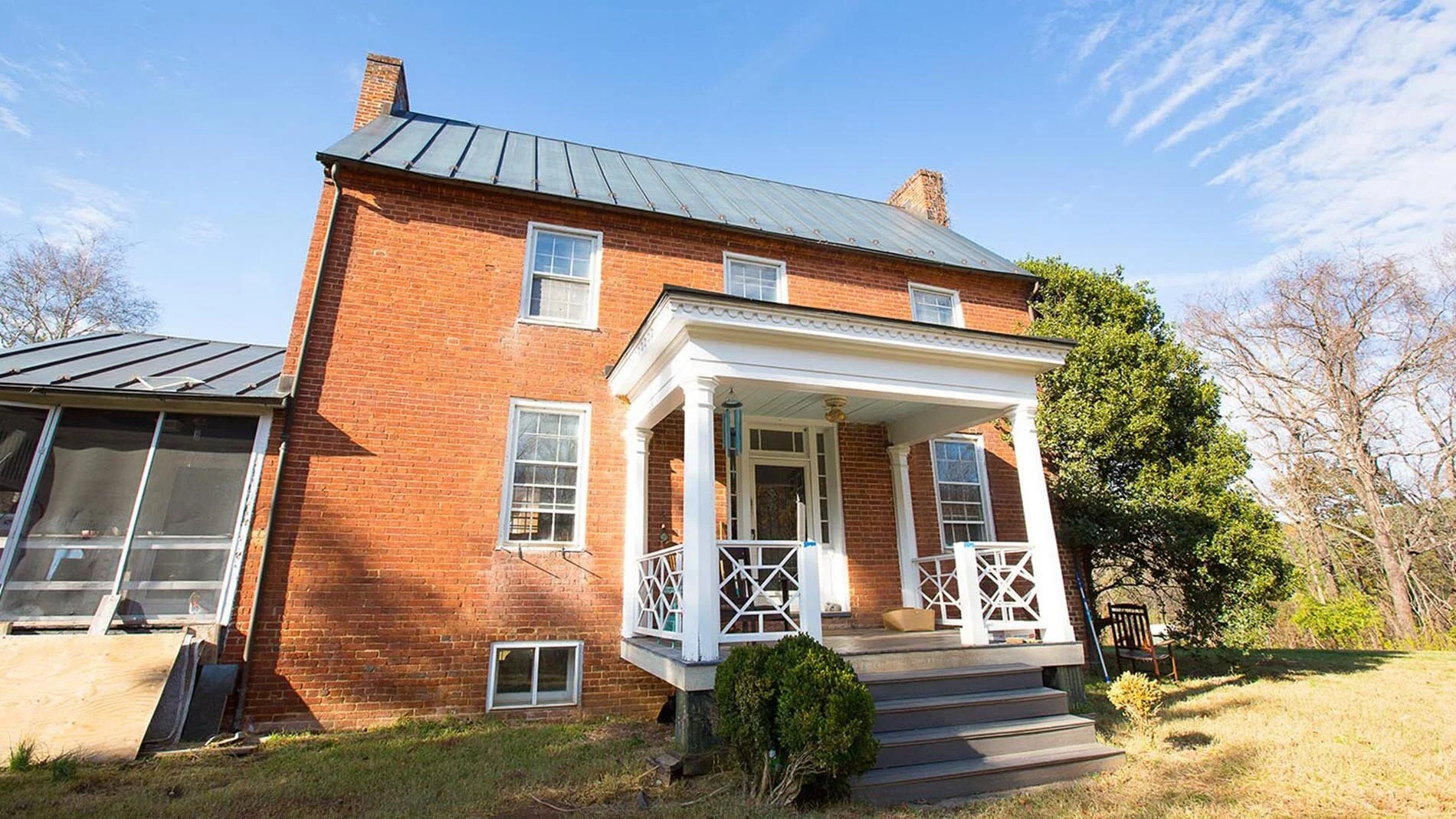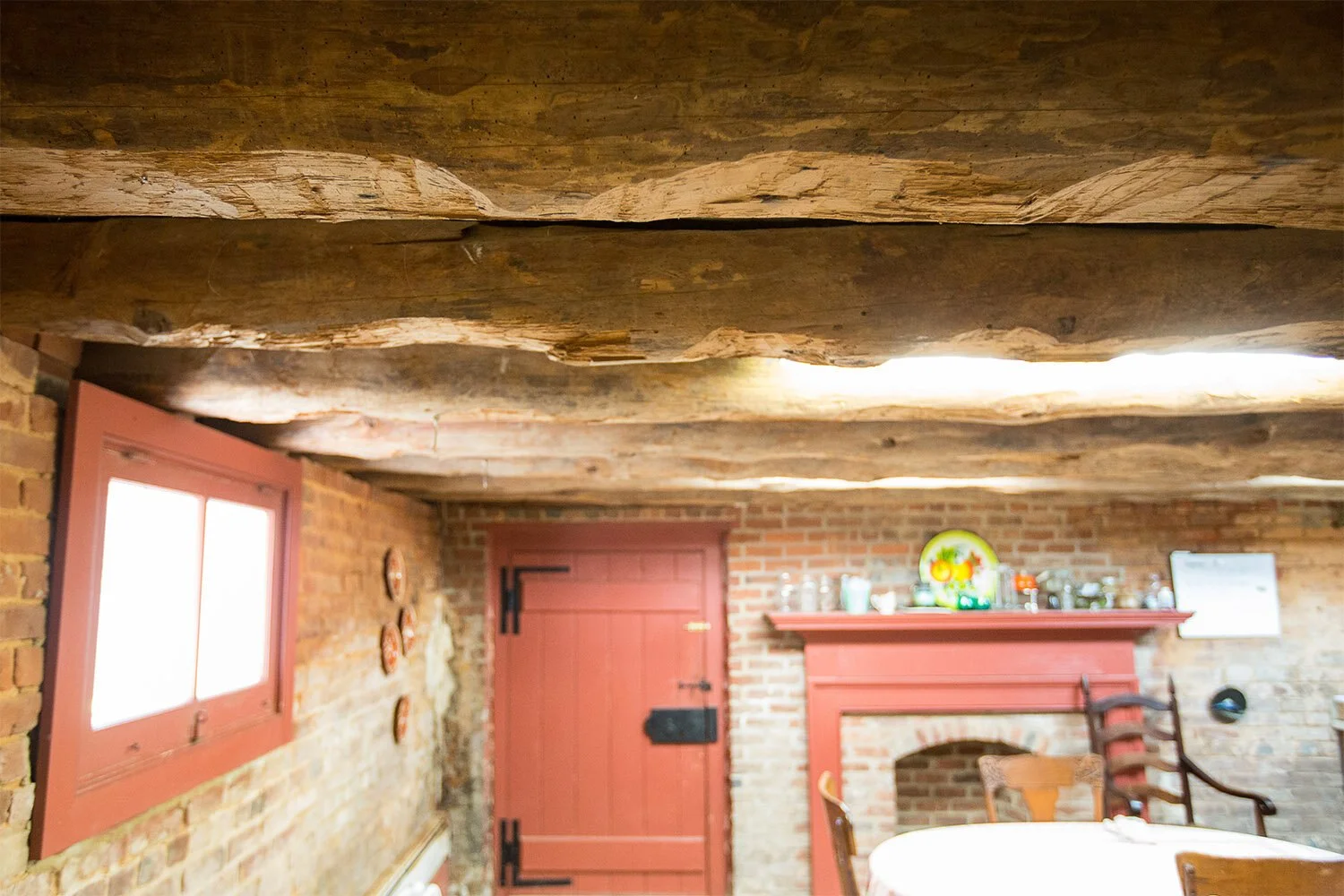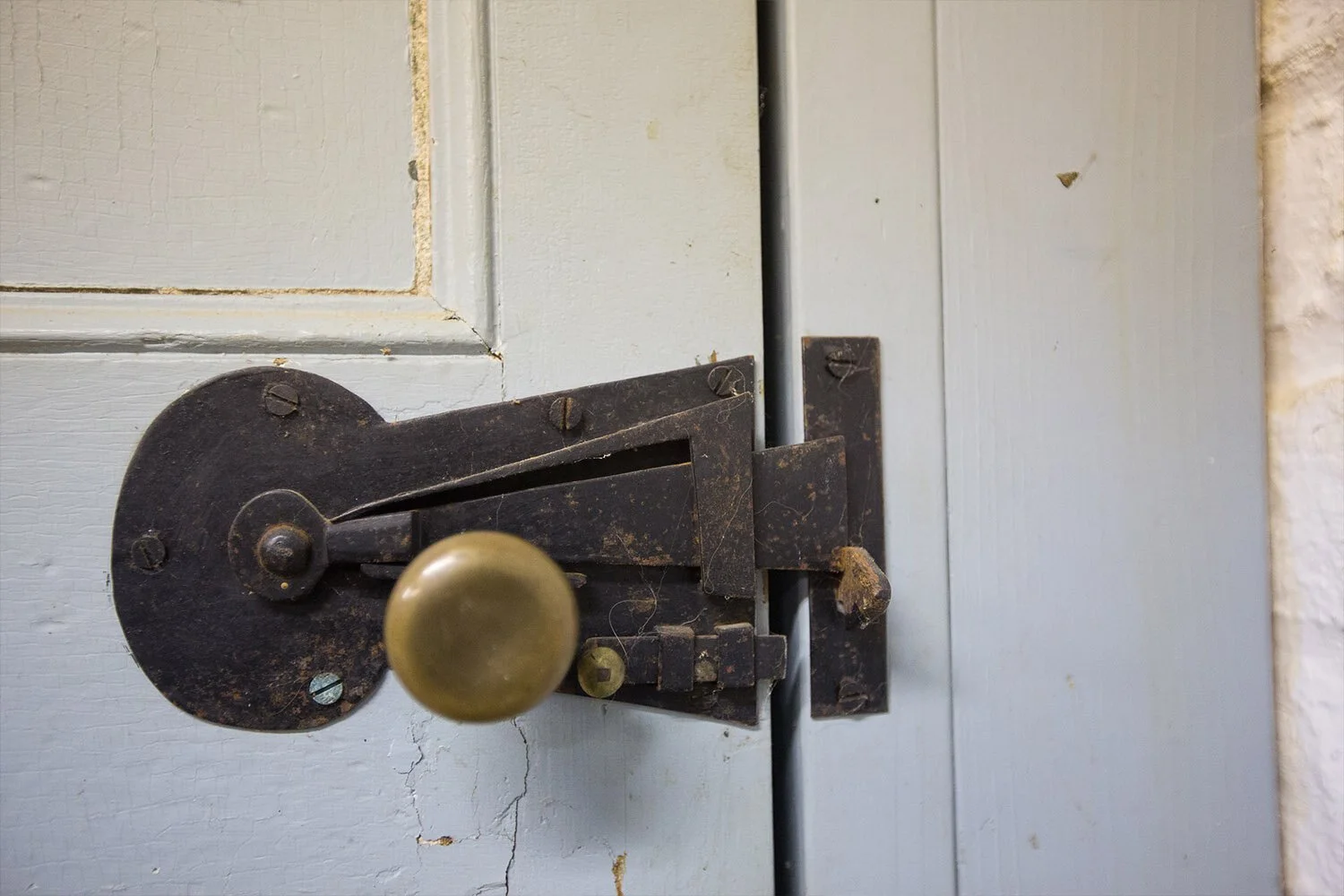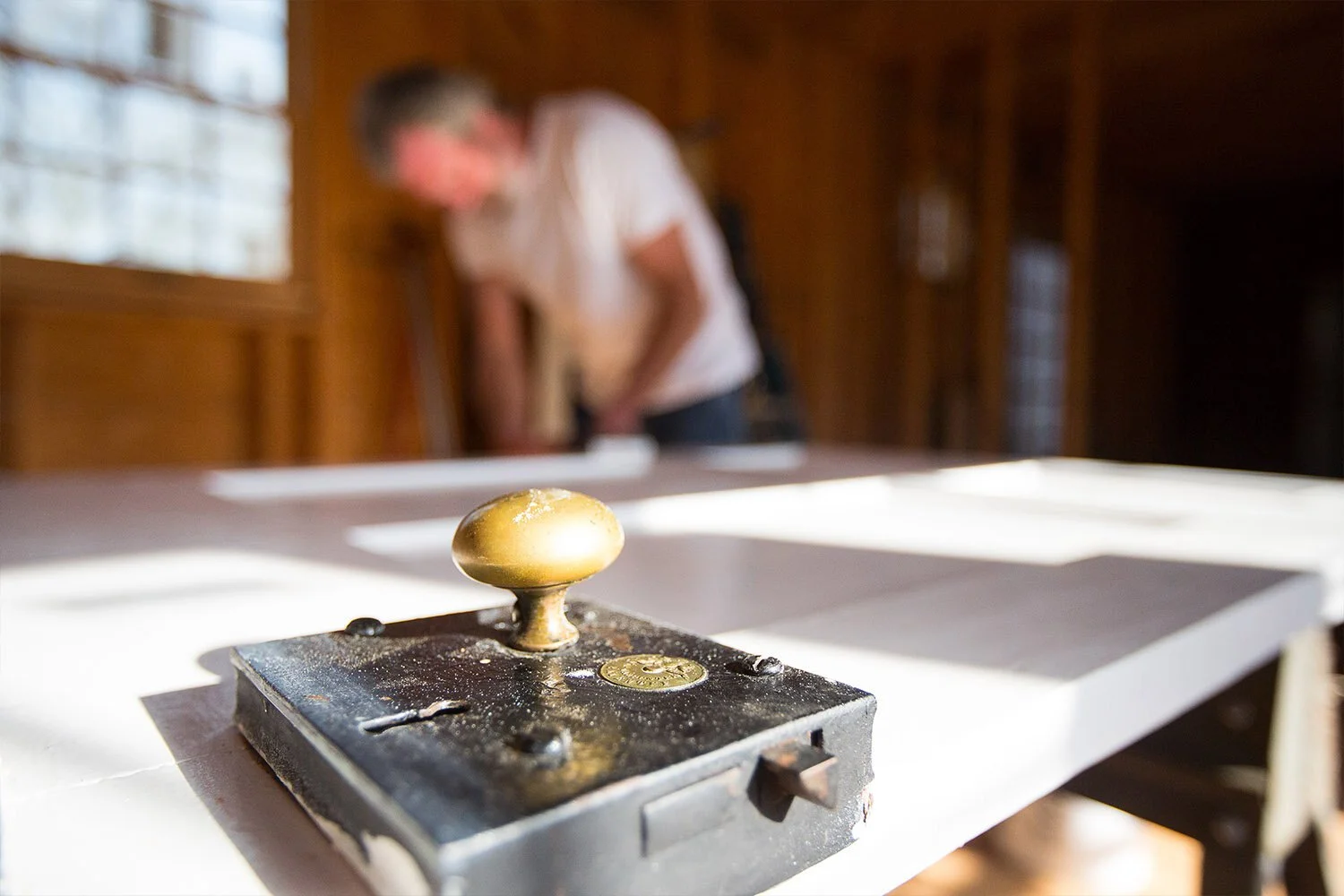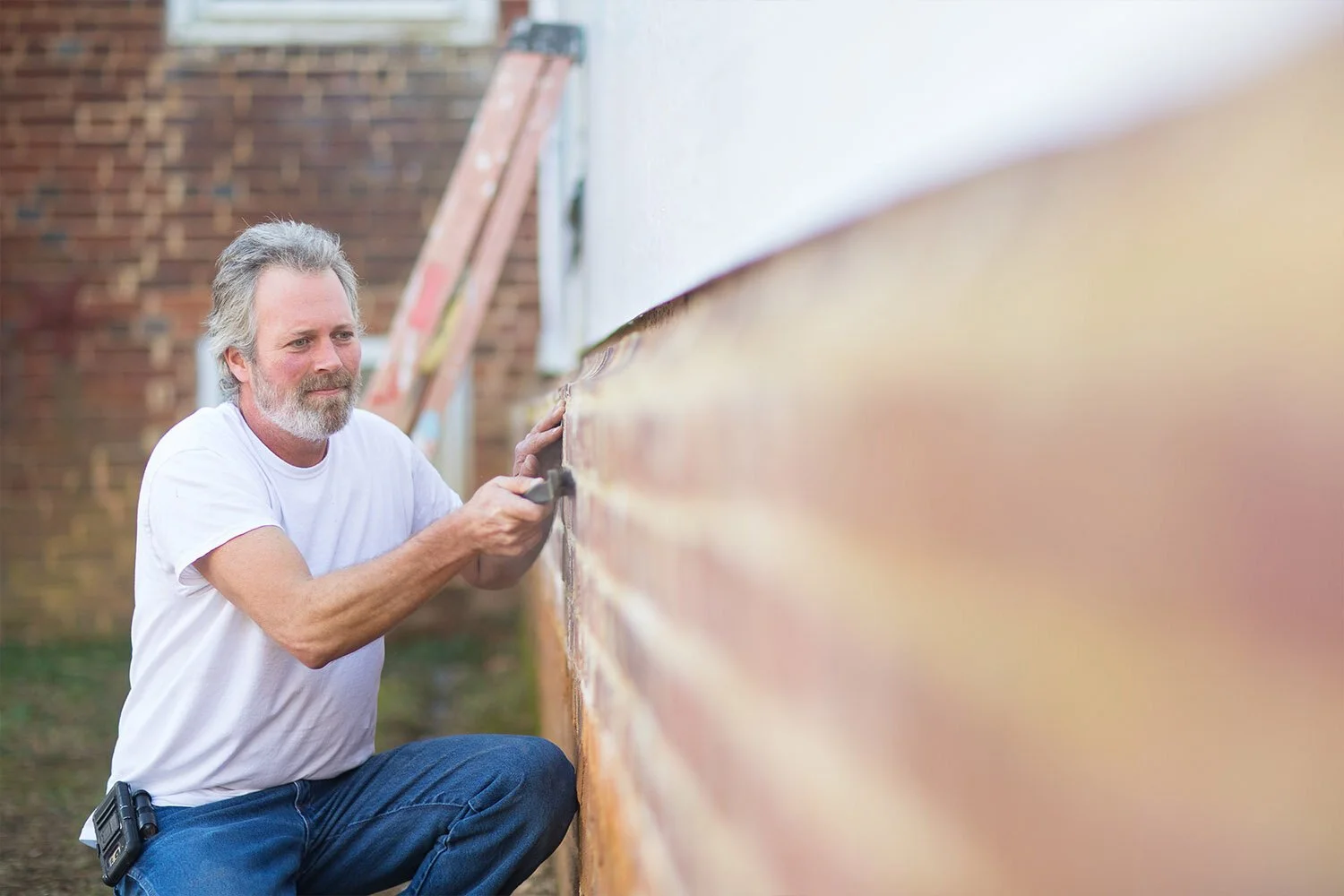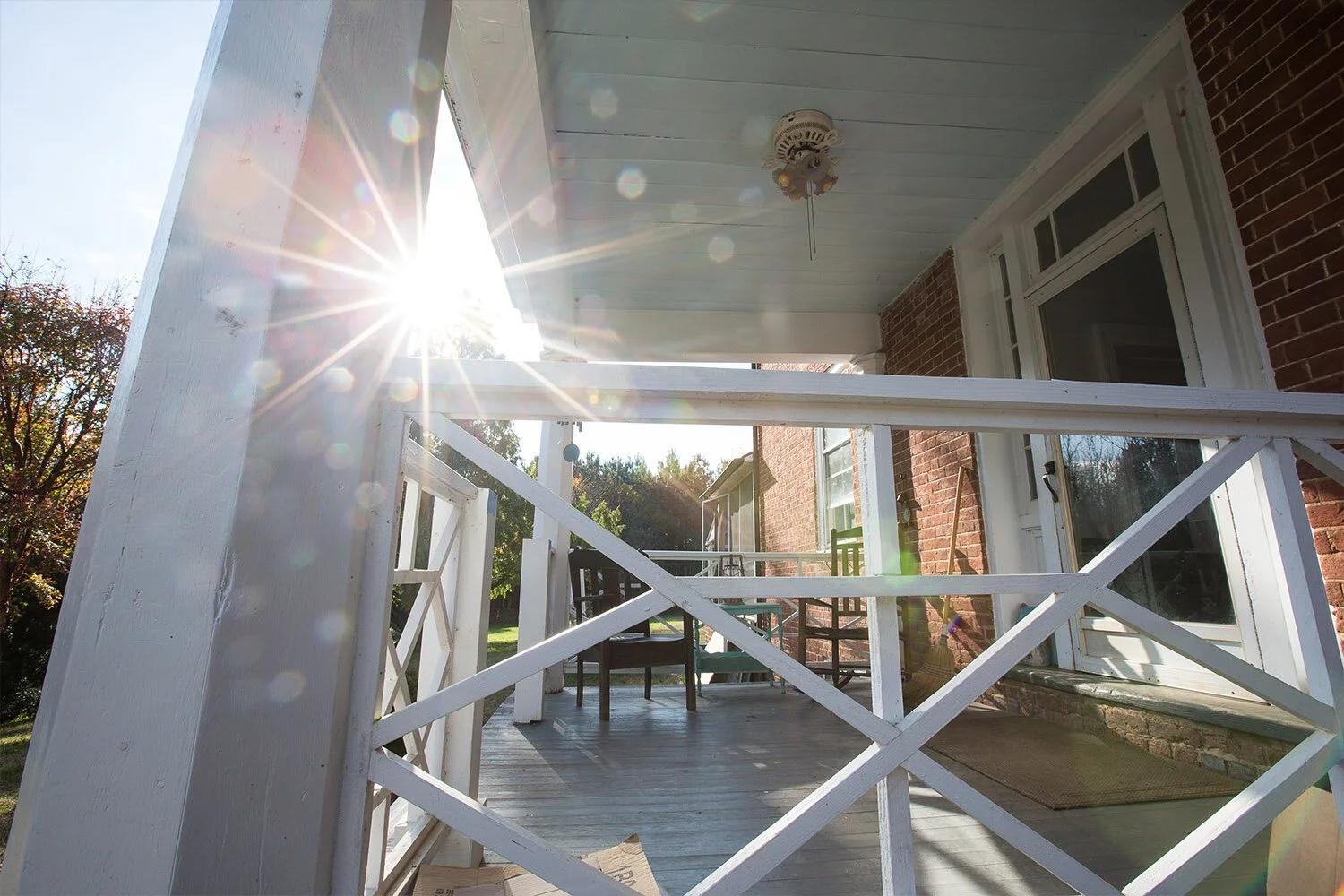To the Pomegranate House
When most people think of historic architecture on the Miller School of Albemarle campus, their minds turn to the High Victorian Gothic architecture of Old Main and the iconic bell tower of Caton Hall. These two impressive structures tower over MSA’s stunning 1,600-acre campus in the foothills of the Blue Ridge Mountains.
Remarkably, Old Main and Caton Hall are not the first finely built structures on campus. If you venture down the rolling gravel road past the lower athletic fields, Edison Power House, and the lake, you will arrive at a small brick house tucked behind giant American boxwoods. It is a little over a half of a mile from central campus and rarely visited; however, its brick walls and steep roof are full of history.
Often referred to today as the “Pomegranate House,” the brick dwelling was built circa 1820 in what is known as the Early National Period (1790-1829) in American architecture. Nearly sixty years before Old Main was completed, the Pomegranate House stood when Samuel Miller was a young boy exploring the rolling hills around his home in Batesville.
Sitting on two-acres, it is a modest two-story, three-bay, two-room house with a central staircase. The Pomegranate House is one of only a small number of two-story, hall-parlor plan houses in Virginia. The land was originally owned by David Rodes in the late 18th century. Upon his death, he left it to his wife Mary Mills Rodes, who in turn left it to their son John Rodes.
The land was then purchased by Joseph Grayson in 1823, and it is likely Grayson who built the house. He eventually gave the house and land to his daughter. In 1883, Miller School purchased the property, and it has continued to be owned by the school since then.
Many MSA alumni remember the Pomegranate House as the “lawyer’s cottage.” The reason is that the house was leased to Mr. Charles Woltz, a UVA law professor, for 25 years circa 1977. Under a special arrangement, Mr. Woltz agreed to lease the property and use his own funds to renovate the house. It is noted in the Virginia Department of Historic Resources architectural survey that Mr. Woltz executed all renovations with “unusual care,” which is one reason the house remains in good condition today. MSA’s 11th Head of School, Lindsay Barnes, commented: “Charles Woltz, who (with his wife, Dawn) lovingly renovated Pomegranate House/Lawyer's Cottage, was a close friend of my uncle's and also one of my professors at the U.Va. School of Law. Mr. Woltz once told me that, although his forte as a professor was the law of contracts, all the work that he commissioned over the years for the improvement of Pomegranate House was done purely on a handshake and without any written agreements. In those days in central Virginia, a person's word could still be taken as his or her bond. Mr. Woltz was a wonderful human being; supremely intelligent and yet endearingly humble, he was -- for all who were privileged to know him -- a role model of the highest calibre.”
More recently, the house was home to long-time Economics teacher, Joseph Spivey, and it is currently the home of MSA’s Assistant Director of Operations, Robert McBride. Mr. McBride is an ideal caretaker for this historic landmark. He is a master craftsman who has spent much of his career specializing in the restoration of historic homes. Mr. McBride spent the summer of 2018 completing a careful restoration of the home, and he is currently building an extension on the back of the house to add a modern kitchen and dining area. Currently, the kitchen is located in the basement of the house.
While tucked away and infrequently visited, the Pomegranate House is a remarkable architectural landmark on campus.

